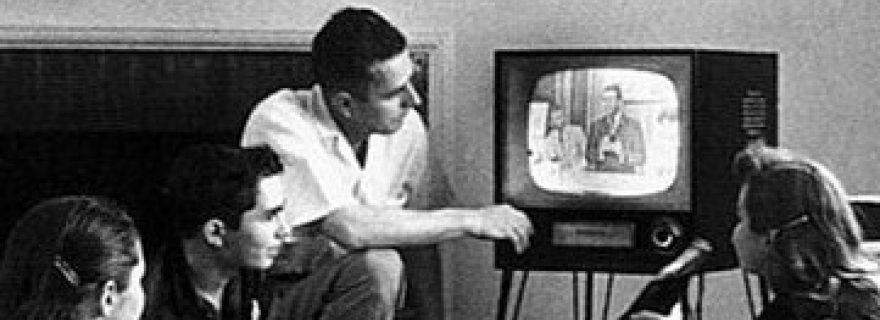Mass Media and the Copycat Effect – A Public Threat?
Media reporting on suicide attacks may increase the likelihood of an at-risk individual with similar views to that of the subject to be inspired to commit a similar attack.
After the publishing of Johann Wolfgang von Goethe’s The Sorrows of Young Werther, authorities throughout Europe were confronted by a trend of suicides occurring on an unprecedented scale. In one of the first documented cases of widespread 'copycat suicides' young men throughout Europe mimicked the protagonist’s manner of dress, and situated their suicide similarly to as it was featured in Goethe’s novel. While authorities quickly moved to ban the book in several locations across the continent, the case of Werther and the young men who mimicked his suicide is one of the first recognized cases associating mass media with suicide, as well as one that recognized the threat it poses to the public domain.
Suicide victims can also copycat the suicide of real-life celebrities, with the deaths of modern icons such as Marilyn Monroe having also been linked to a rise in suicide occurrences after the publication of their stories were circulated by news sources. However, copycat suicides can also take inspiration from other sources as well. In a well-publicized and dramatic case linked with the beginning of the Tunisian Revolution in late 2010, street vendor Mohammed Bouazizi self-immolated in protest against the confiscation of his wares and frustration with local corruption. This dramatic form of public protest was recreated throughout the Middle East by individuals similarly frustrated by their personal situation within the context of their state’s political and social landscape. But do instances such as these truly demonstrate the extent of political power that copycat suicides are capable of? The copycat effect may play a surprising role in the field of terrorism studies.
Instances of political and terroristic violence enjoy an unprecedented degree of media coverage today, with suicide attacks being committed by terrorists with the express intent of gaining public exposure. Media reporting on suicide attacks may increase the likelihood of an at-risk individual with similar views to that of the subject to be inspired to commit a similar attack. The high-exposure, and high-impact effect suicide attacks can have on the public’s perception of a terrorist threat has given greater impetus for research on the matter, however little has been done to explore the potential effect media reporting may have on instances of suicide terrorism. Given that the relationship between media reporting and mass homicide has been supported by systematic research, and that suicide terrorist attacks have a considerable suicide component to them, further research is necessary to determine the extent of the relationship between mass media and terrorist suicide attacks today.

